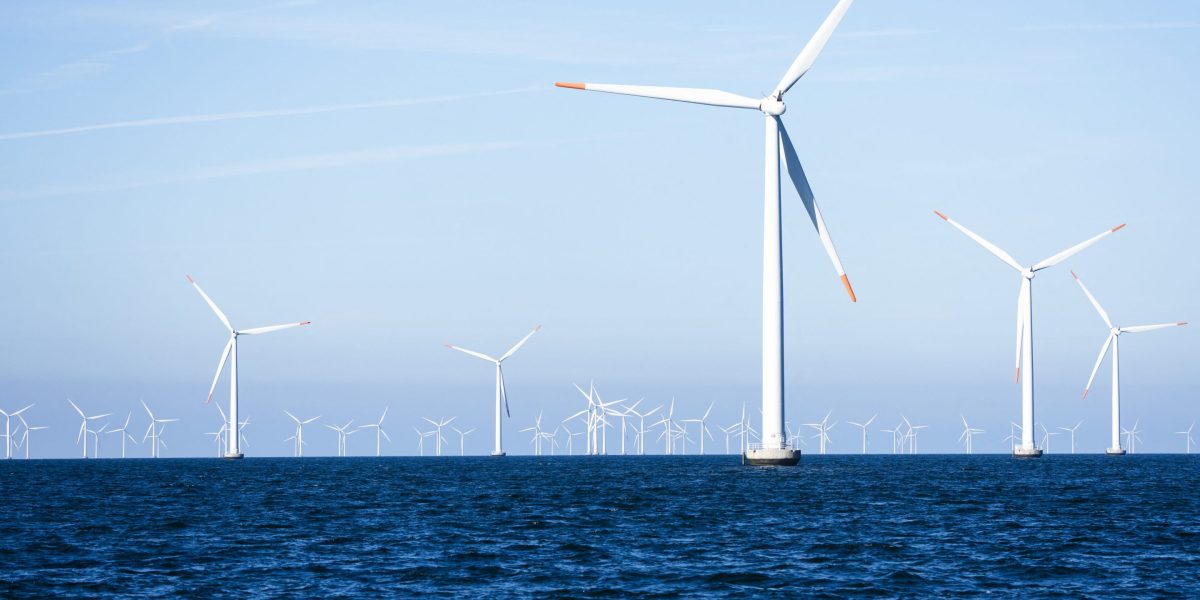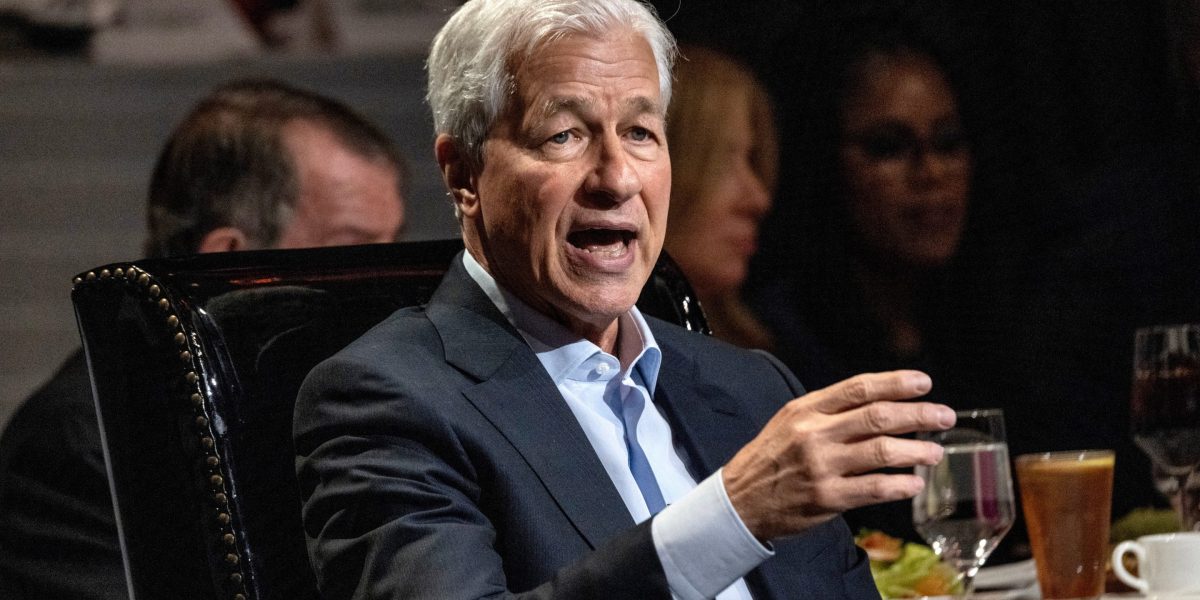
No company has cashed in on the generative AI boom quite like Nvidia, whose chips and software help power AI used by Microsoft, Google, Meta, OpenAI, and Tesla. So it’s no surprise that as President Trump moves to impose tariffs on semiconductors—after initially carving out an exemption—Nvidia CEO Jensen Huang is looking to strike a deal to reduce the impact of potential tariffs on his company.
But his efforts so far have highlighted the mixed AI policy messages coming from the Trump administration. For example, after Huang attended a $1 million-a-head dinner at Mar-a-Lago last week, the White House paused plans to restrict the export of the company’s H20 chips, allowing their continued sale in China. The move surprised many in the chip industry who had expected the Trump administration to impose tighter controls instead.
Nvidia had designed the H20—a modified version of its higher-end chips—to comply with the export controls introduced during the Biden Administration. But the subsequent success of China’s DeepSeek and other high-quality, low-cost AI models led the Trump administration to consider adding the H20 to the list of chips Nvidia can’t sell there.
To add to the confused messaging, Michael Kratsios—making his first public remarks on Monday since being confirmed by the Senate as White House director of tech and science policy—stressed the need to curb China’s AI ambitions. That, of course, stood in stark contrast to the same White House abandoning its plans to restrict exporting the H20 chip.
At the inaugural Endless Frontiers tech and policy retreat in Austin, Katsios said the U.S. should stop helping China catch up in the AI race. “Strict and simple export controls and know your customer rules, with an unapologetic America-first attitude about enforcing them, are central to stopping China from continuing to build itself up at our expense,” he said. “We want peace between our countries, and that peace depends on keeping America’s bleeding-edge technology out of our competitor’s hands.”
So why the White House about-face on H20? It reportedly came after Huang promised new U.S. investments in AI data centers to the tune of $500 billion, which Nvidia announced yesterday. The company said it had commissioned more than a million square feet of manufacturing space to build and test Nvidia Blackwell chips in Arizona and AI supercomputers in Texas.
But if Trump is looking for data centers to quickly rise like phoenixes in the Texas desert, he may be disappointed. The Republican-controlled Texas statehouse is poised to pass legislation that imposes regulatory hurdles on those very data centers, with the goal of protecting the power grid from new energy-hungry construction. The legislation would introduce new rules including a six-month review process for new data center approvals, in addition to an existing 6-to-18-month evaluation period.
Patrick Moorhead, founder of Moor Insights & Strategy, told Fortune there is currently “not a lot of clarity” in U.S. AI policy. “The administration is sending mixed signals, depending on the day or the time of the day,” he said. “Is this chaos theory of negotiation? I don’t know. Is this an administration that doesn’t actually have a consistent AI policy? Or is it door number three, which is not doing media training, [and] getting on the same page?”
Moorhead suspects it’s all of the above.
For Huang, it’s a very delicate dance in order to get what he wants. That includes being friends with both China and the U.S., which in the current trade war environment and the supply chain problems it’s created, is no easy feat.
This story was originally featured on Fortune.com




